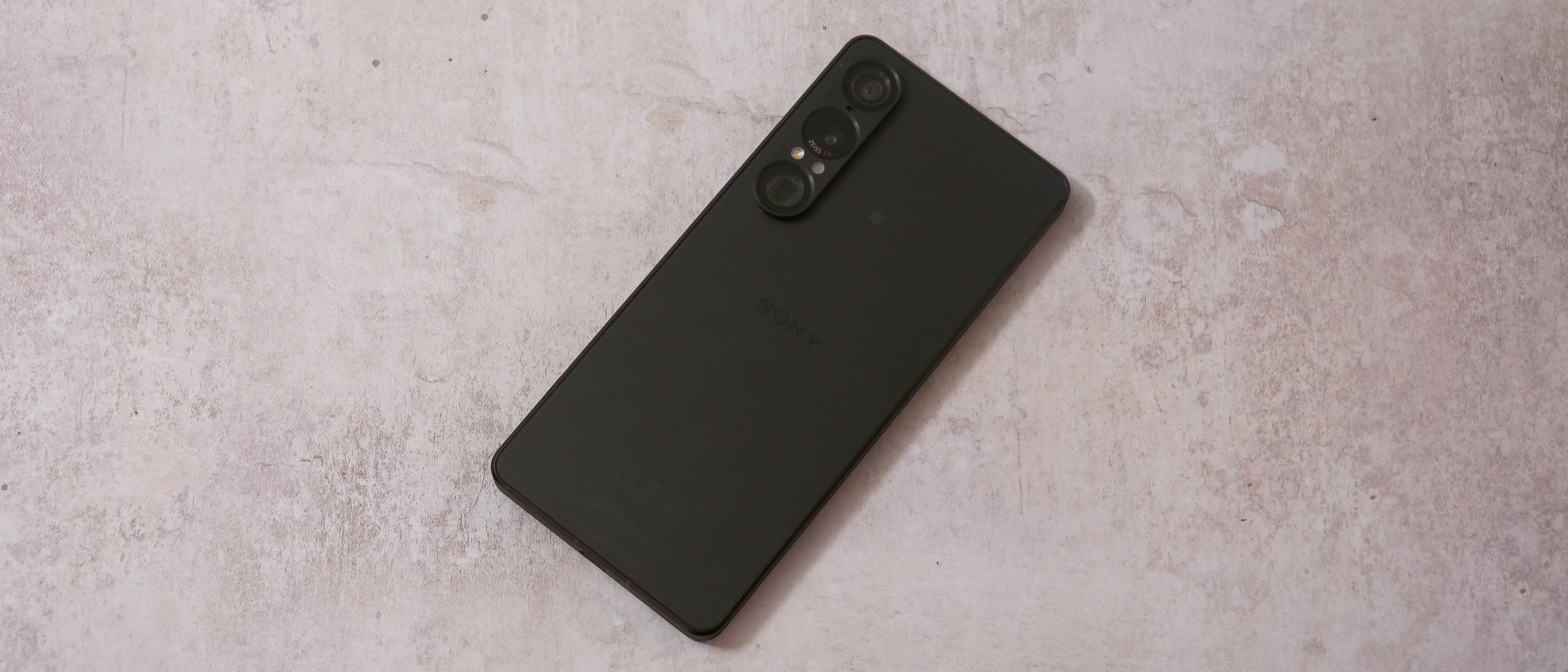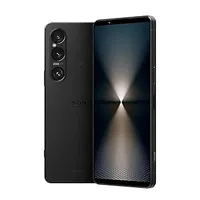Digital Camera World Verdict
The Sony Xperia 1 VII is too expensive to be competitive; that's the simple truth. There's plenty to love; it features a slim design and an uninterrupted screen, free from notches or punch holes. It also sounds great and is powerful, making it brilliant for watching and gaming. Confusingly, given this is Sony, its main pitfall (other than its price) is its camera. The hardware is dated, and the processing can't save it. It's also uncannily similar to last year's model, with modest year-on-year upgrades. Therefore, until the price drops, the Xperia 1 VII remains a tough sell despite its highlights.
Pros
- +
Plenty of manual camera modes
- +
Traditional photography processing
- +
Uninterrupted screen
- +
Great speakers
- +
Impressive battery life
Cons
- -
Confusingly expensive
- -
Weak dynamic range
- -
Disappointing camera hardware
- -
Very soft zoom
- -
Only 256GB storage
Why you can trust Digital Camera World
When you think Sony, you probably think camera excellence, but the new Xperia 1 VII and the Xperia line in general haven't been doing the iconic Japanese brand's imaging reputation any favours of late. Having launched for a sky-high price of £1,399 (roughly $1,890), the new flagship Sony smartphone, which isn't getting a US release, costs more than an iPhone 16 Pro Max and Samsung Galaxy S25 Ultra. It even out-prices some top-tier foldables currently on the market, like the Honor Magic V3, which costs as little as £1,099 from Honor's official store at the time of writing.
So much money for a phone with two notable upgrades over its predecessor, the Xperia 1 VI. So what are these £1,399 upgrades? A new ultra-wide camera and the 2025 flagship chipset from Qualcomm, the Snapdragon 8 Elite. Hmm.
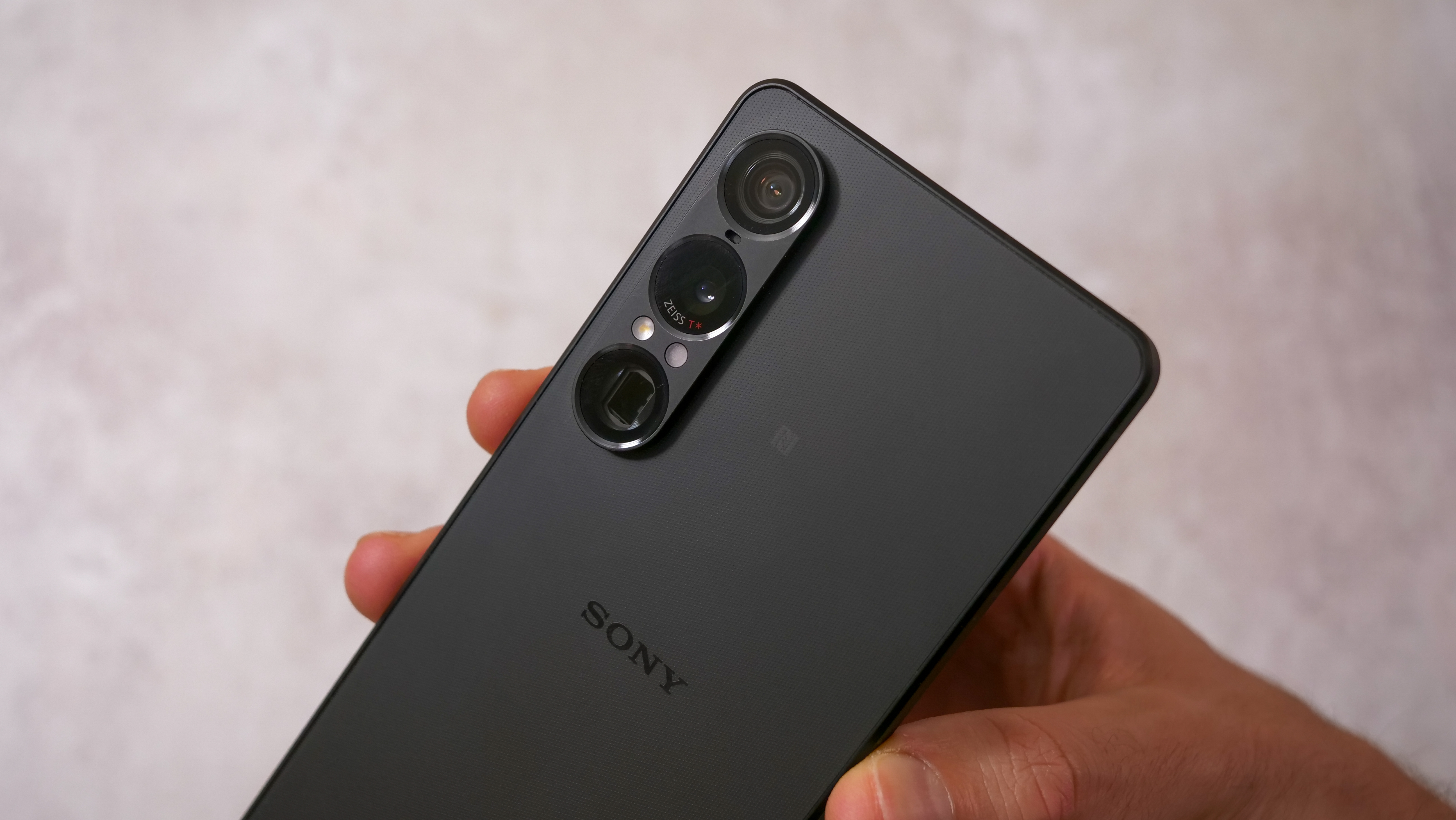
Sony Xperia 1 VII: Specifications
Screen | 6.5in, 1080 x 2340px, 120Hz |
Processor | Qualcomm Snapdragon 8 Elite |
Operating System | Android 15 |
Main camera | 52MP (48 MP effective), f/1.7, 24mm, 1/1.3" (1/1.52 effective for stills), PDAF, OIS |
Telephoto camera | 12 MP, f/2.3-3.5, 1/3.5", PDAF, 85-170mm optical zoom, OIS |
Ultrawide camera | 50 MP, f/2.0, 16mm, 1/1.56" |
Front facing camera | 12 MP, f/2.0, 24mm, 1/2.9" |
Video | 4K 30/60/120fps |
Battery & charging | 5,000mAh, 25W wired, 15W wireless |
Weight | 197 g |
Size | 162 x 74 x 8.2mm |
Sony Xperia 1 VII: Design & Screen
If you had a chance to try out an Xperia 1 VII, you've tried the Xperia 1 VI, at least when it comes to the design and screen. The new model is virtually unchanged, with both sporting flat glass on the front and back, a metal frame, and subtly rounded corners.
There are some highlights: the Xperia 1 VII weighs just 197g, making it one of the lightest flagships around. With its fine, dotted texture on the back and striated metal sides, it feels interesting and provides a secure grip. When compared to ultra-chunky phones like the Vivo X200 Ultra, Sony's new flagship feels like a tonic to some of the more unwieldy alternatives.
The ports and slots are also a real novelty in 2025, specifically the 3.5mm headphone jack and the microSD card slot, which can easily be pulled out with a fingernail. The phone's also durable with IP68 water and dust resistance, and in my time with it, I dropped it on a hard surface and there were no signs of dings or dents which was impressive.
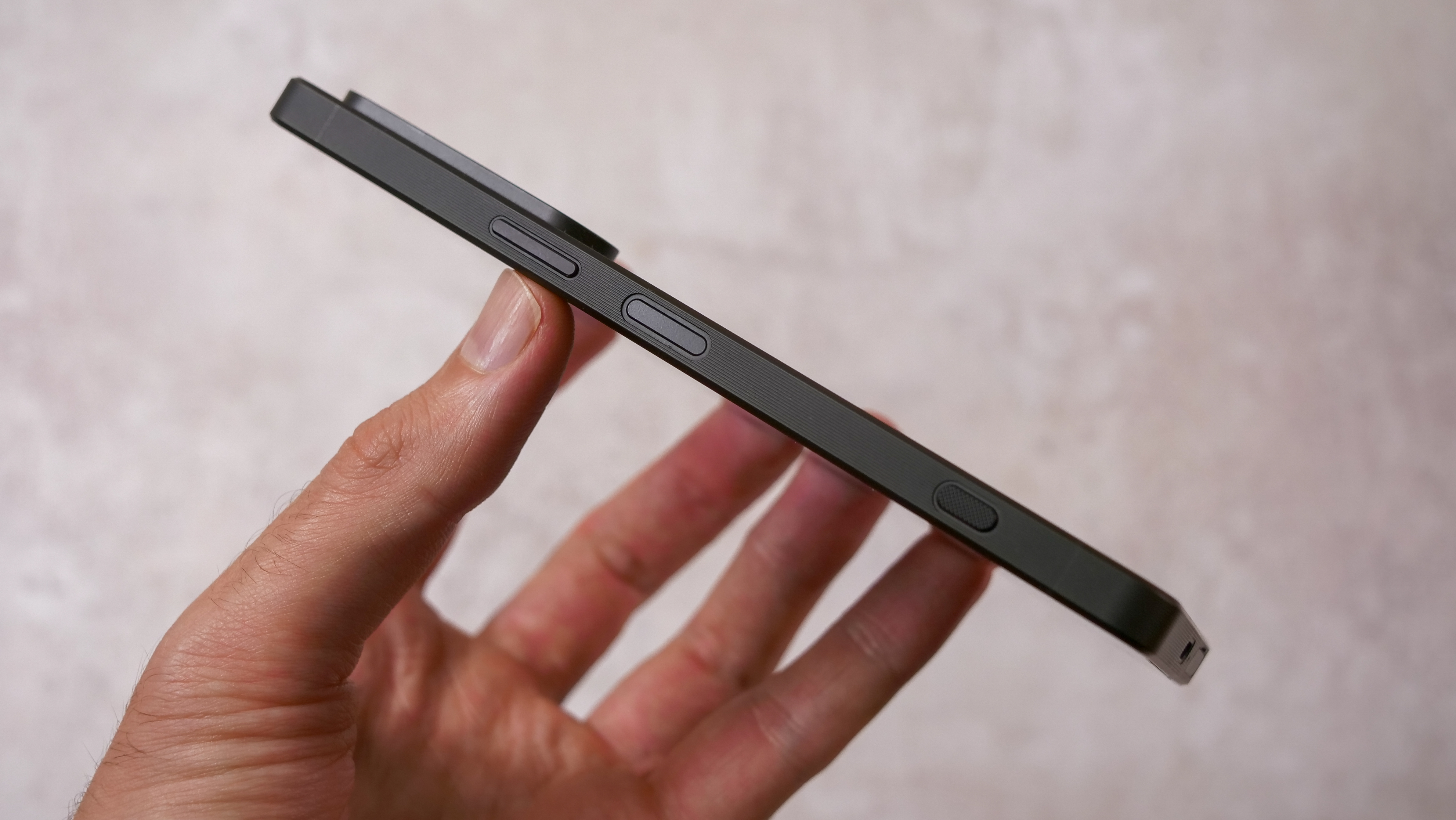
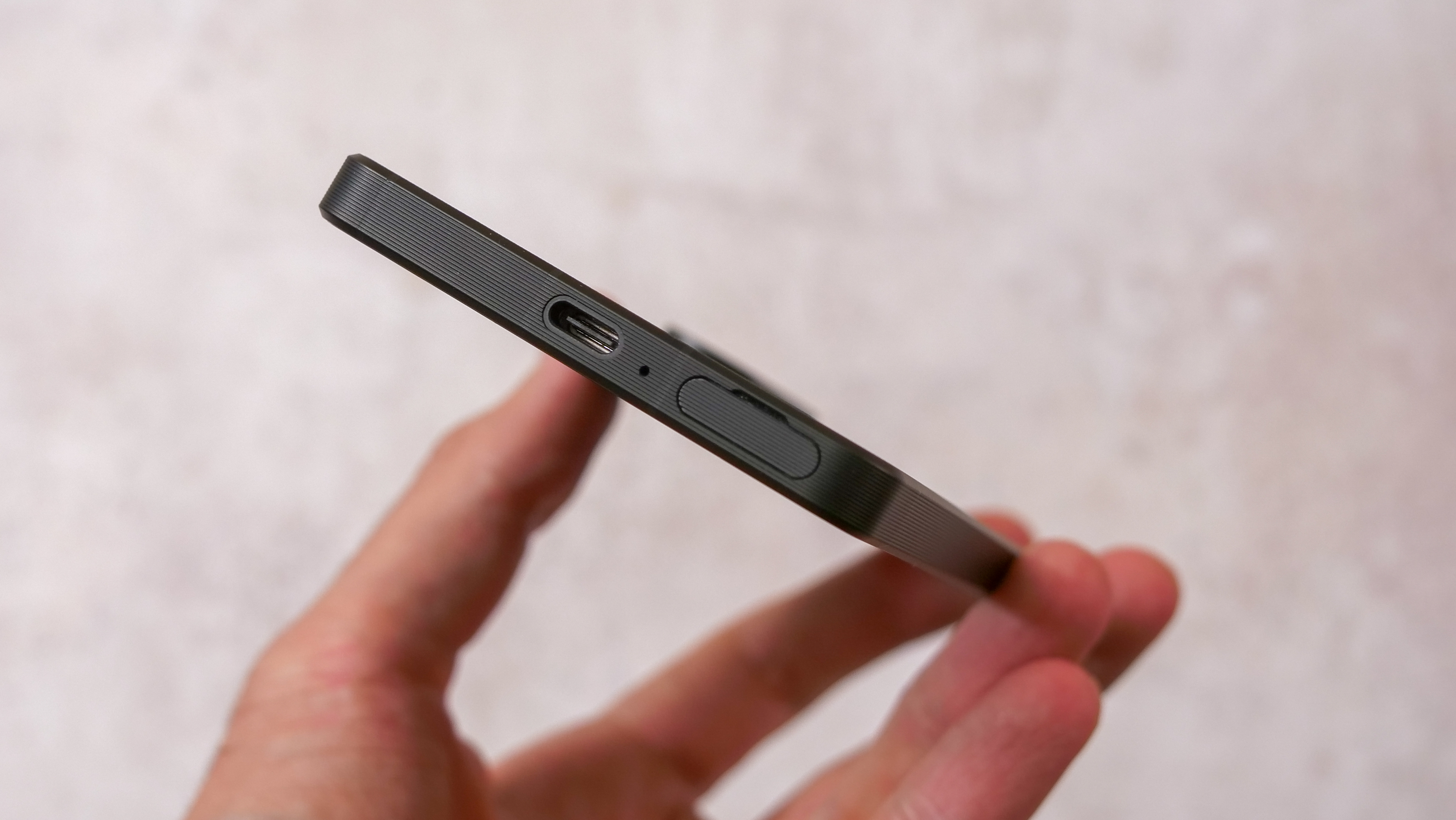
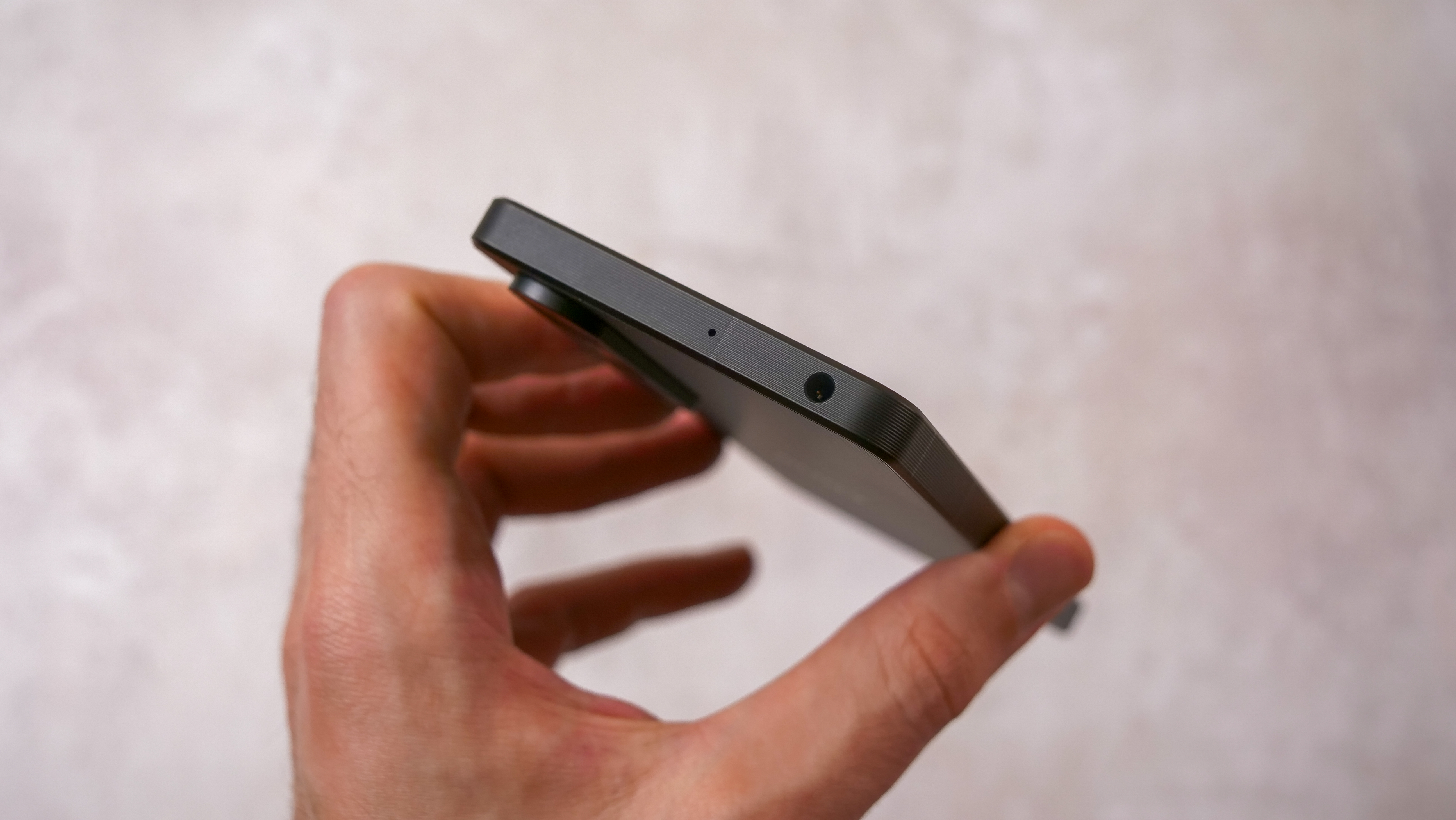
So yes, the Xperia 1 VII is very familiar when set alongside the 1 VI, but it's still very fresh compared to other phones in 2025. How much you care about SD card slots and expandable storage is for you to decide, but it's no bad thing having a unique option available.
Another area the Xperia 1 VII stands out is its screen. Whether you're using an iPhone with its pill-shaped cutout, a Galaxy with its punch hole, or even an older phone with a chunky notch, apart from the niche Nubia Z70 Ultra, every smartphone screen interrupts the picture to accommodate the selfie camera. But not the Xperia.
The best camera deals, reviews, product advice, and unmissable photography news, direct to your inbox!
With its dual front-firing speakers nuzzled in the bezel above and below the screen, and a selfie camera in the top-side bezel, whether you're watching, gaming, or just navigating the interface, it's refreshing to have such an unobstructed view. The speakers are also great, easy to listen to without getting too shrill, and impossible to cover up.
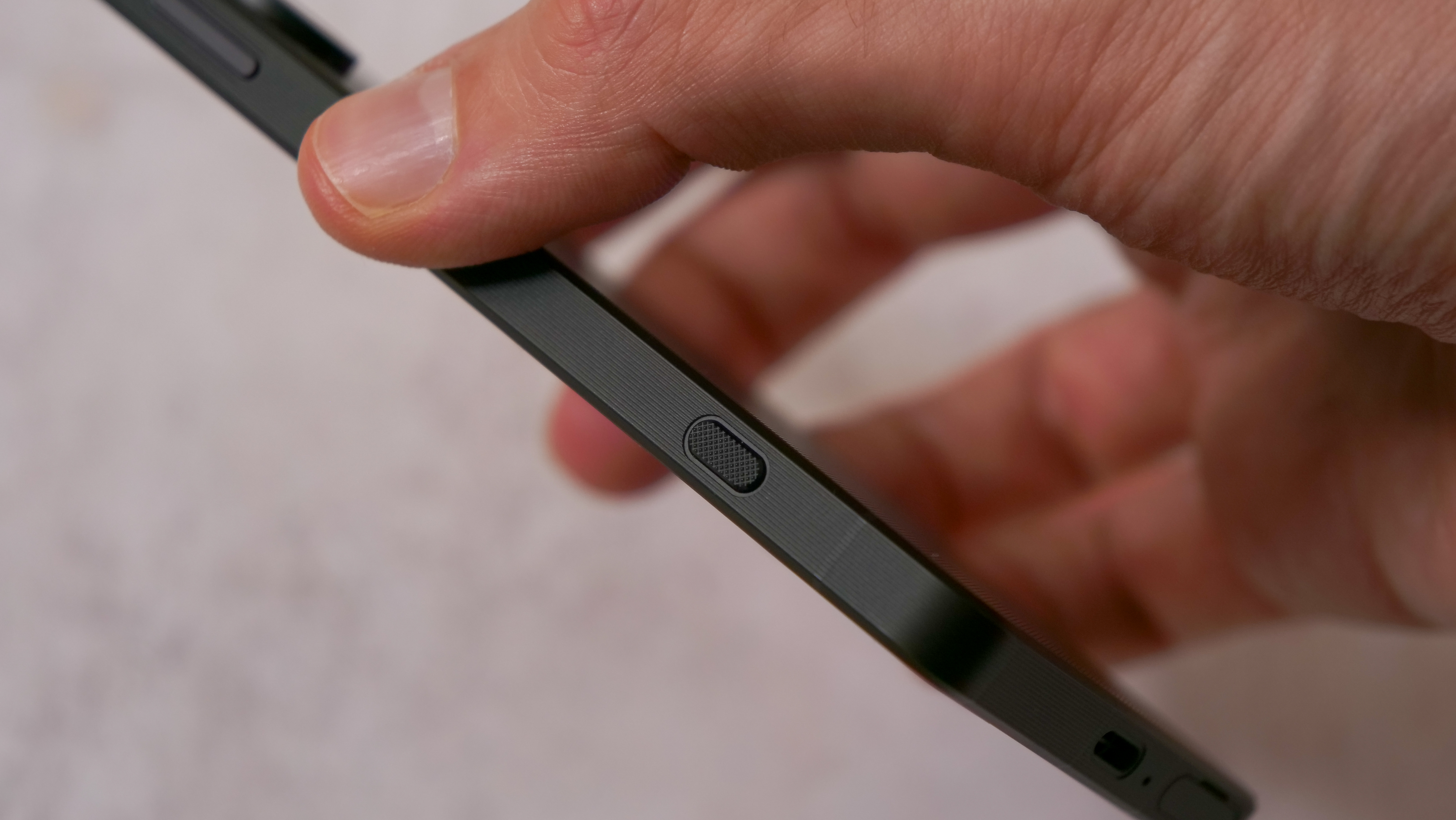
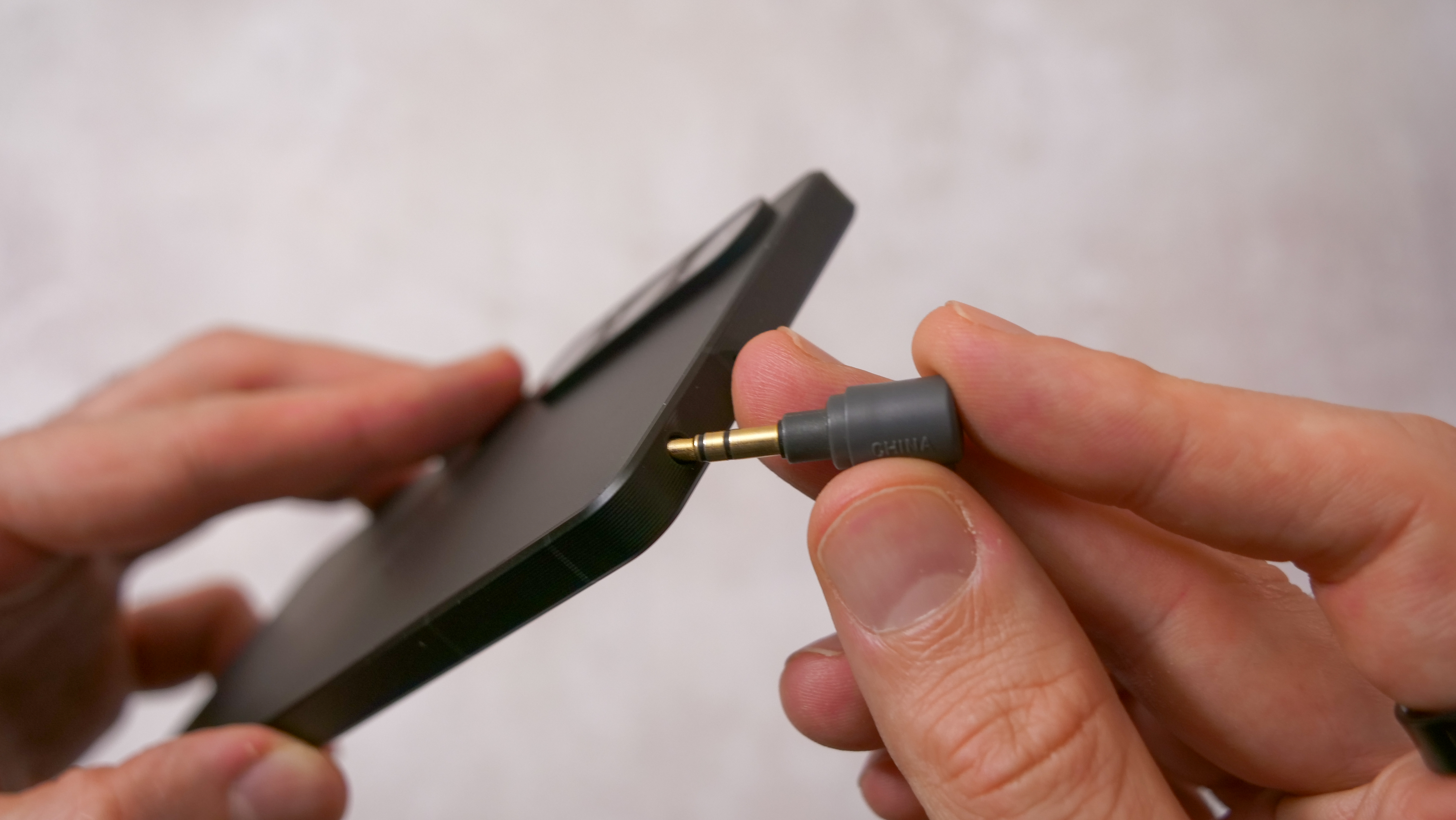
Unfortunately, the Xperia 1 VII's screen quality isn't class-leading. While brightness is strong and it's easy to see in direct sunlight, viewing angles aren't top-tier with ever-so-slight blue color-shifting, and the screen's also less sharp than other flagships.
Within the settings, there's plenty of scope to customise your viewing experience with different display modes, including a Creator Mode which cools things down when capturing content for a more representative shooting experience.
The display's 6.5-inch size is also easy to navigate, especially when compared to alternative Ultras, Pro Plusses, and Pro Maxes. So, between its screen size, weight, and relatively slim profile, the Xperia is one of the easier flagships to manage.
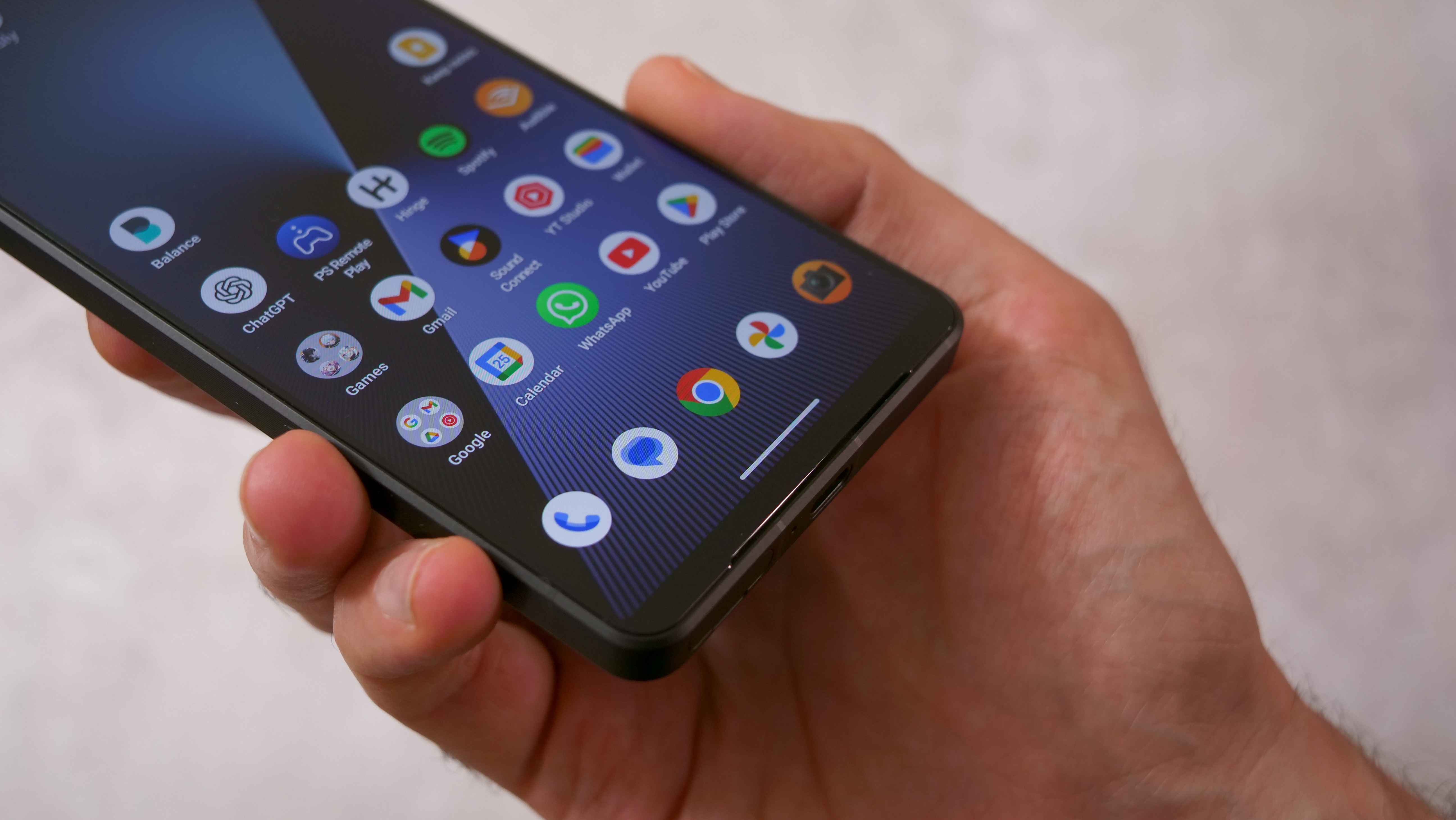
Sony Xperia 1 VII: Camera Performance
Main camera
52MP (48 MP effective), f/1.7, 24mm, 1/1.3" (1/1.52 effective for stills), PDAF, OIS
Telephoto camera
12 MP, f/2.3-3.5, 1/3.5", PDAF, 85-170mm optical zoom, OIS
Ultrawide camera
50 MP, f/2.0, 16mm, 1/1.56"
The only new camera this year is the ultra-wide, upgraded to a larger 1/1.56" sensor size with a 50MP resolution. This is a good start, but with its 16mm angle of view – just 8mm wider than the 24mm primary camera – its value is limited out of the gate, with the iPhone 16 Pro being 13mm by comparison.
Sony has also added a few AI-titled modes for video, and the fact that the phone captures 120fps video at 4K across all three rear cameras is a boon for videographers.
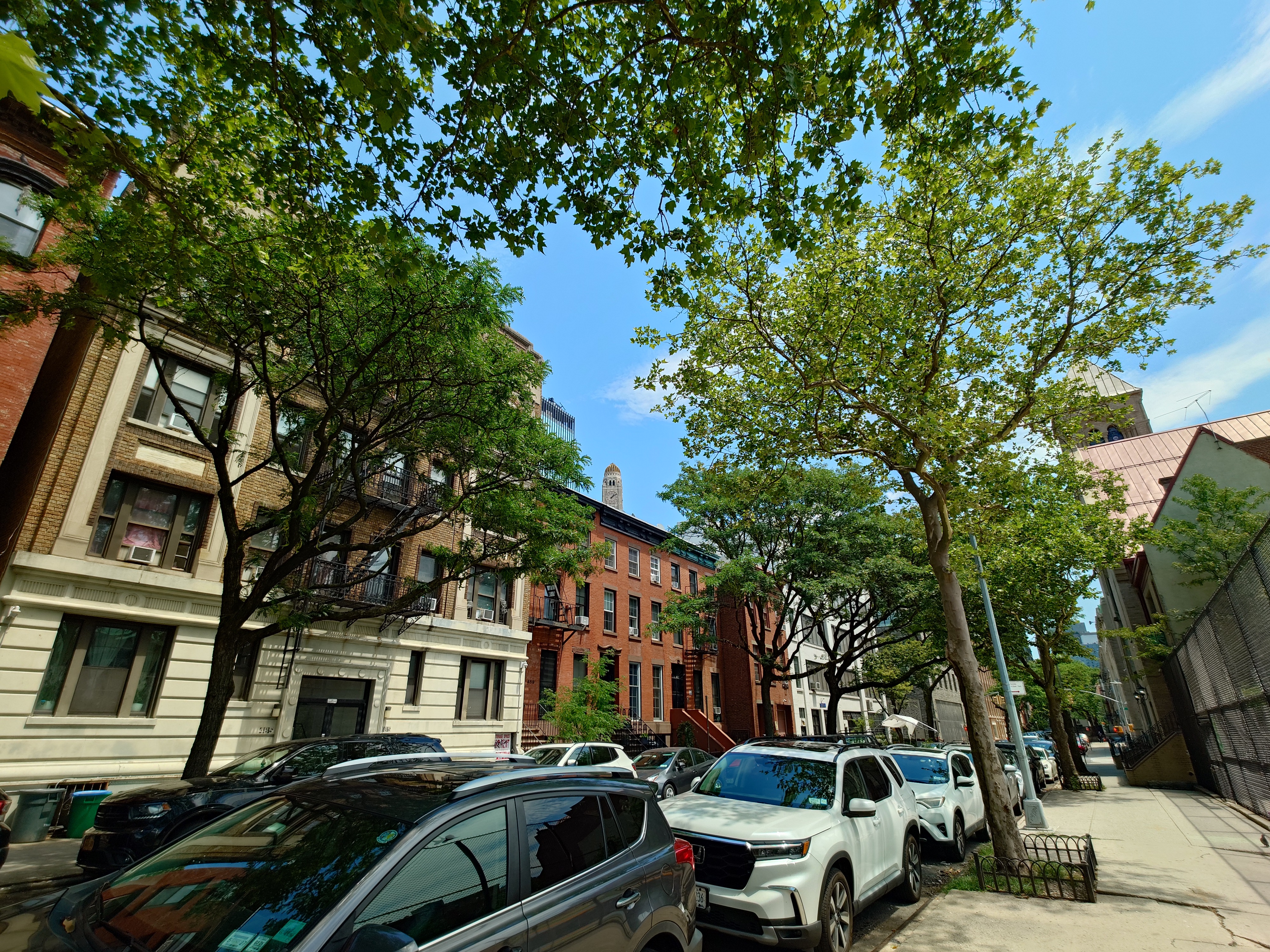
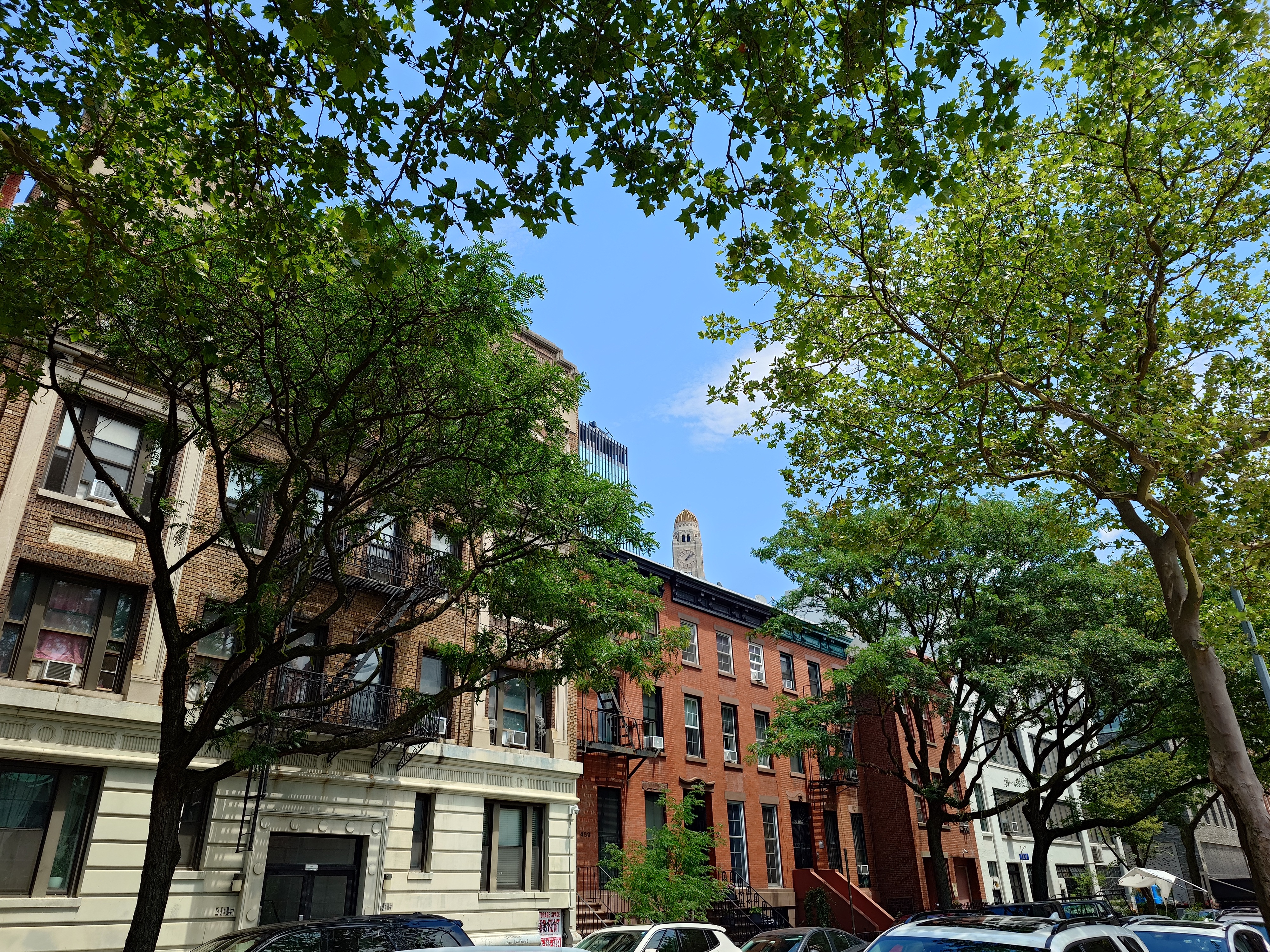


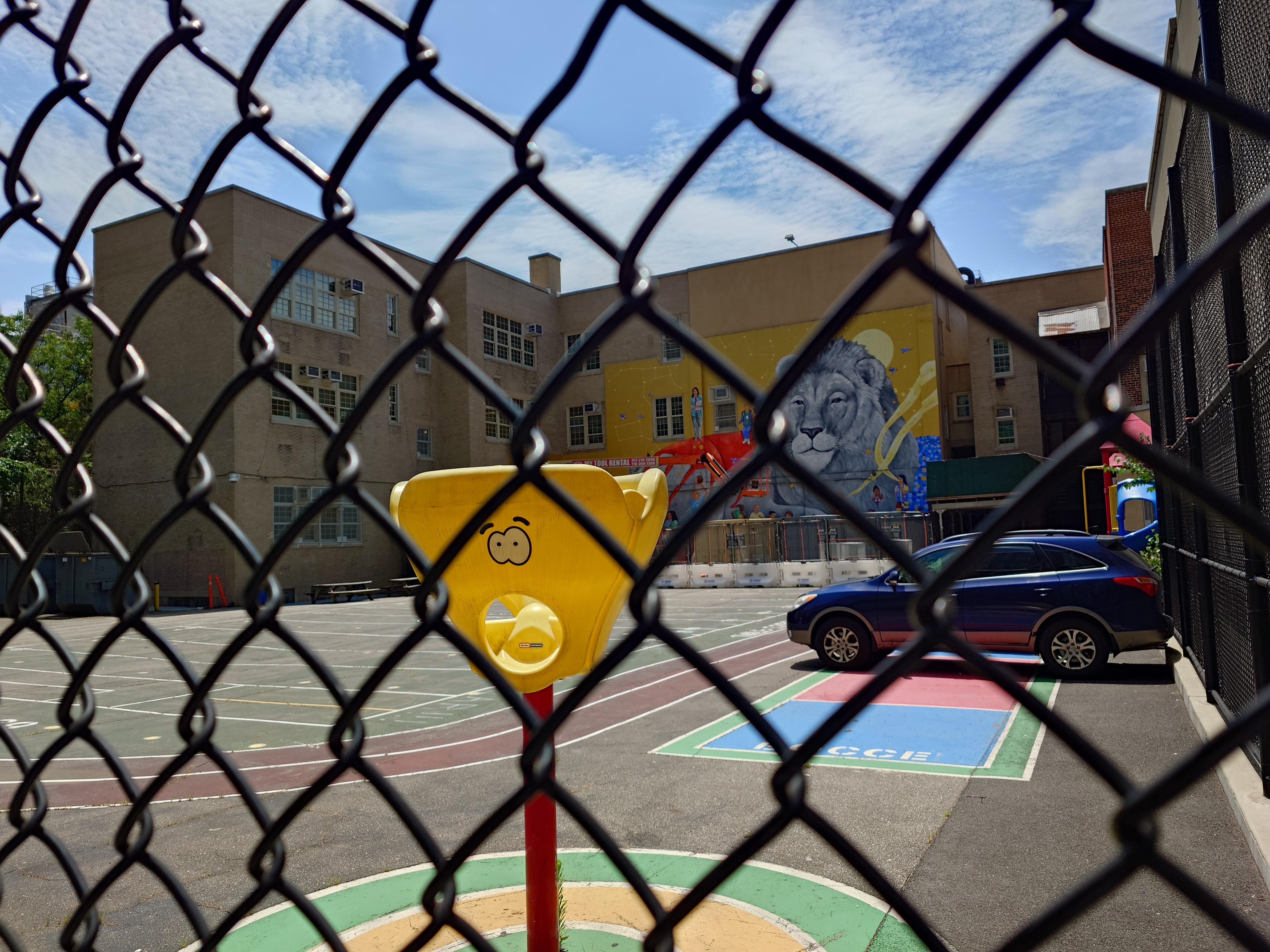
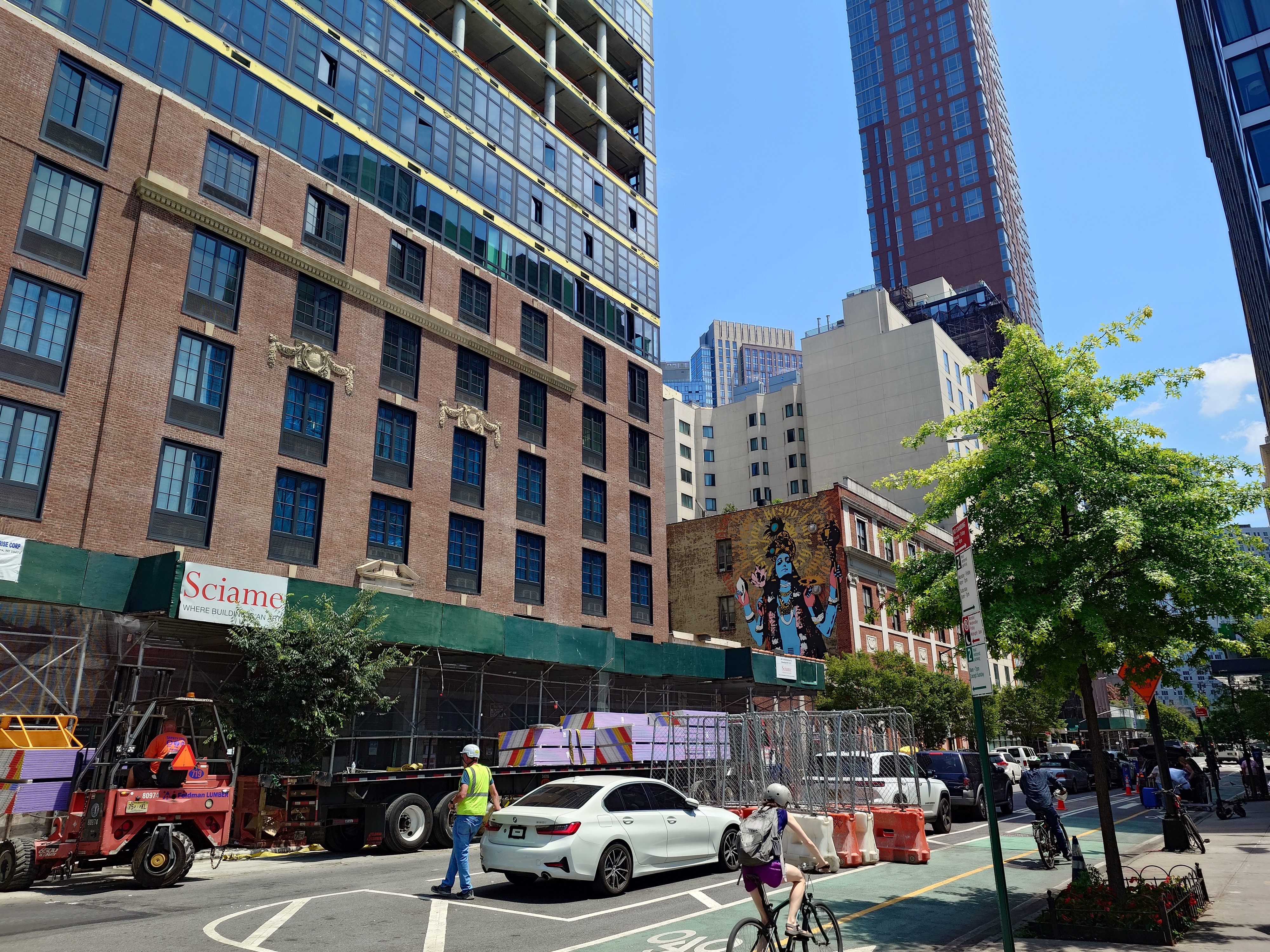



The Xperia 1 VII's camera can be great, but it can also be bad, and it's this lack of consistency that holds it back. Part of the reason is Sony's photo processing, which is much more traditional than we've come to expect from other 2025 flagships.
Dynamic range is a bit old school (for a smartphone), so you need to be a bit more careful when balancing a scene – strong highlights can peak – but shadow detail is typically good, and until the lights drop, noise is kept at bay.
You're relatively safe shooting with the primary and ultra-wide camera day or night. Photos have a more traditional low-light look, so expect light trails and motion blur, and handshake comes through more readily; however, results can still look good. Unfortunately, the telephoto camera is the point of failure when the lights go down, and when you're shooting beyond 4x, it lets the system down in all but bright environments.

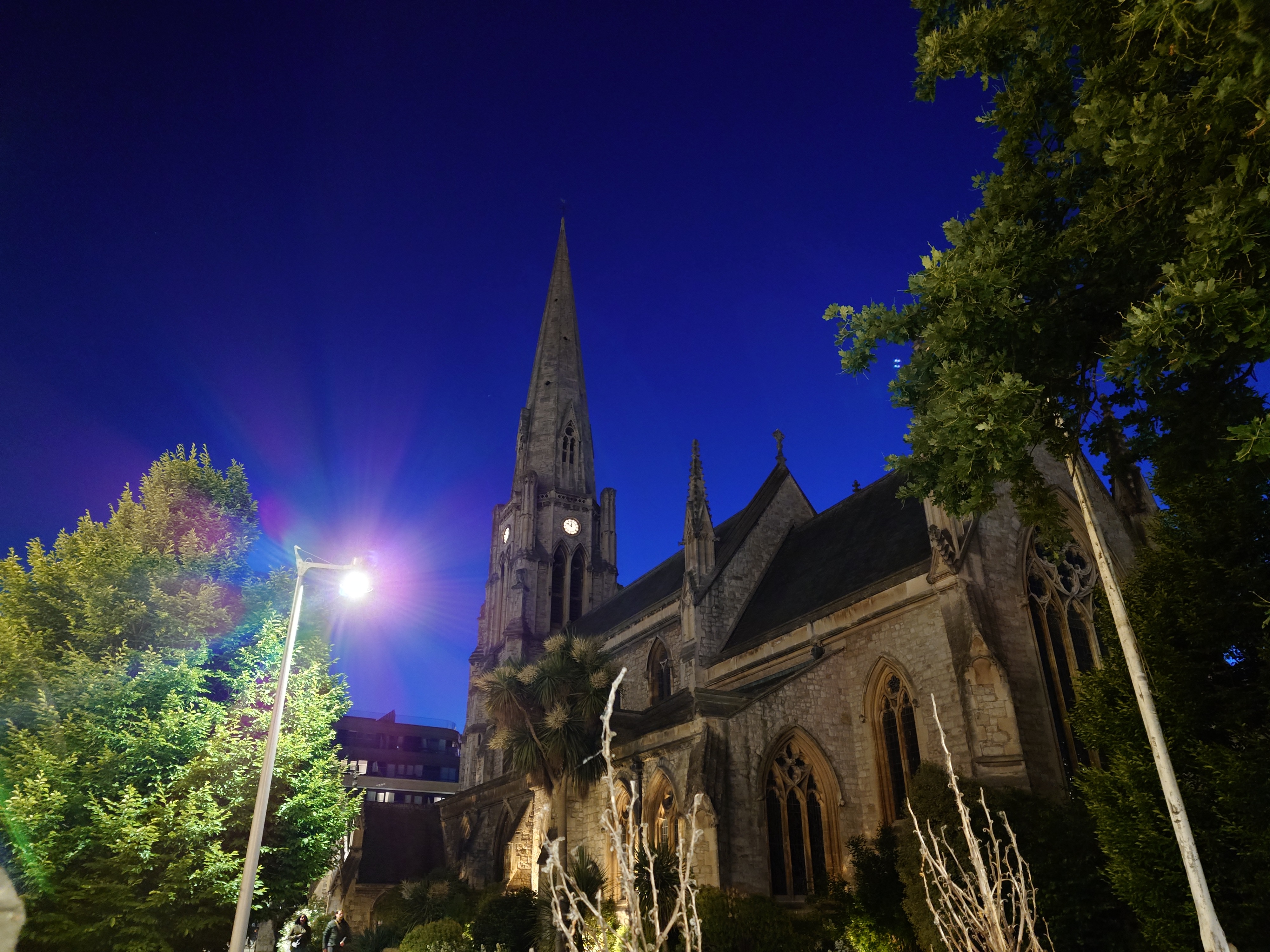
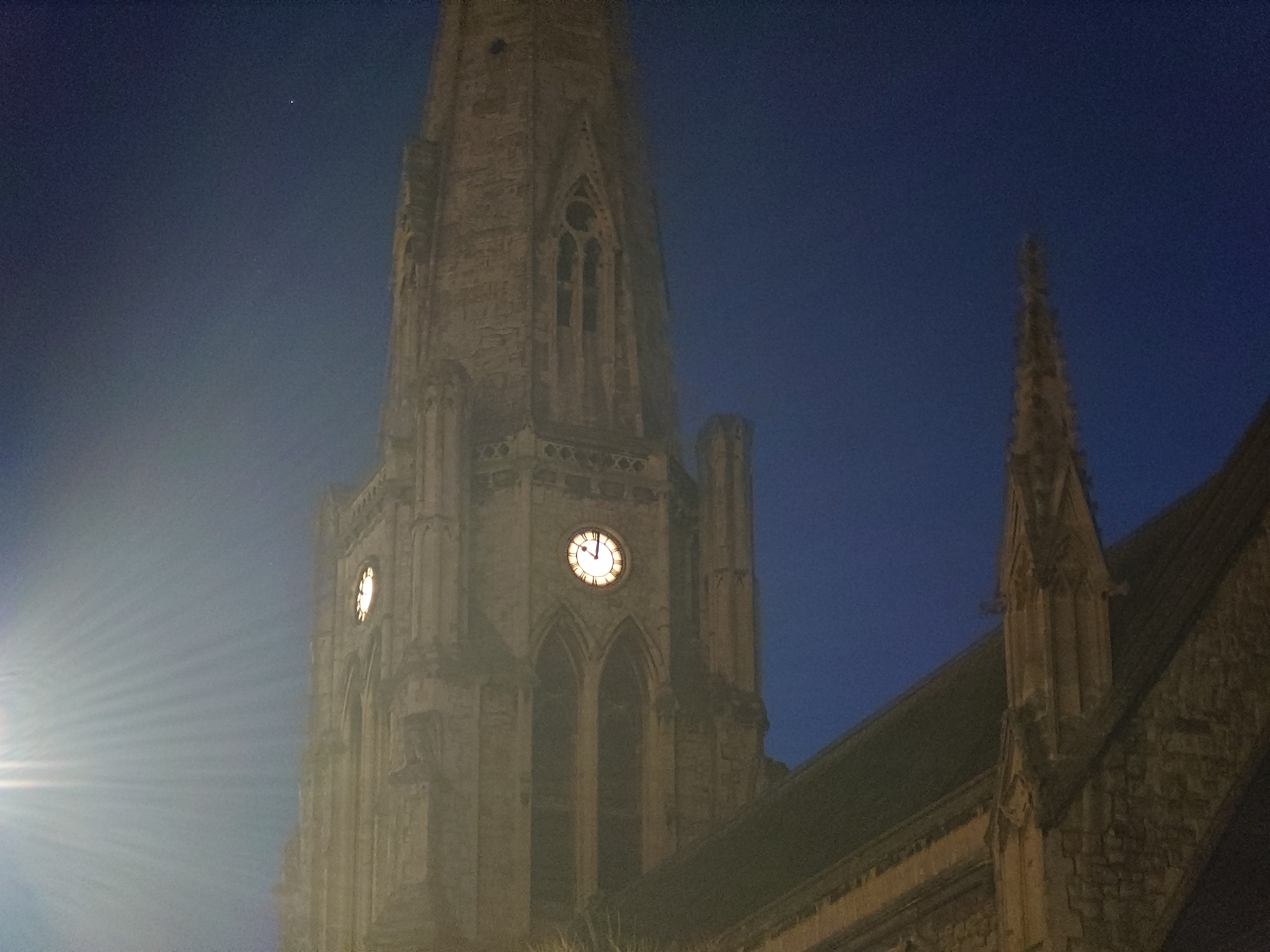
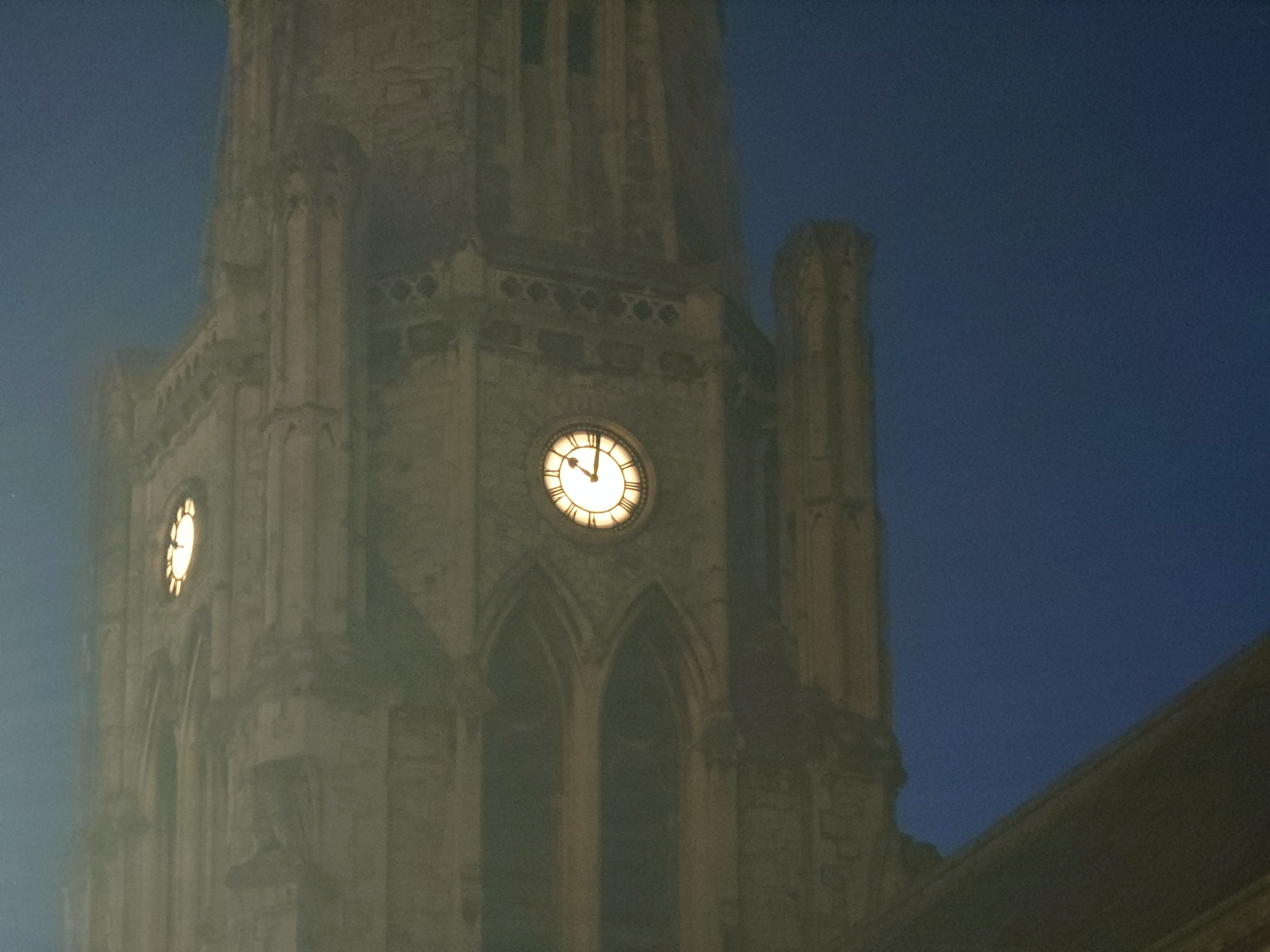
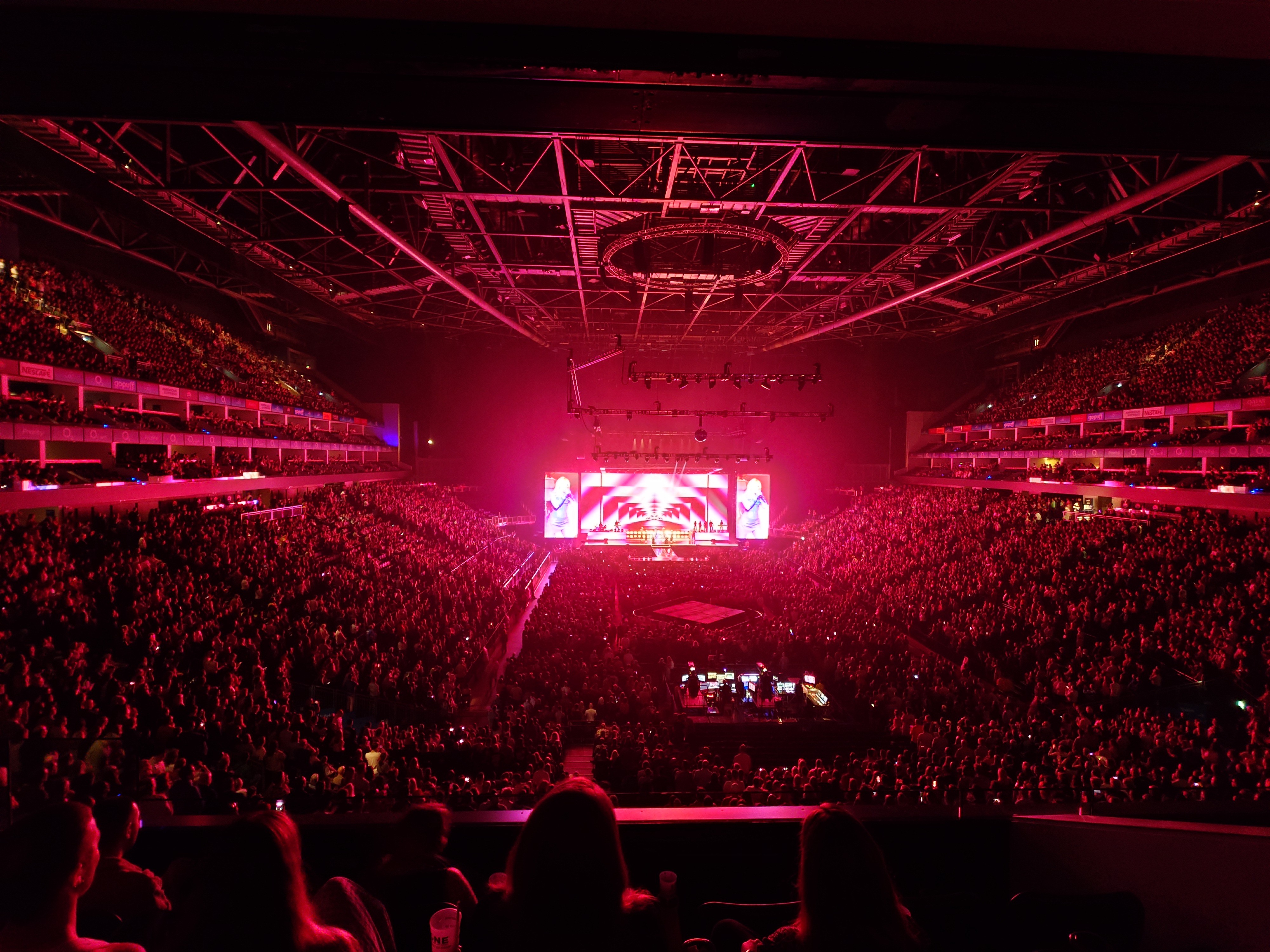
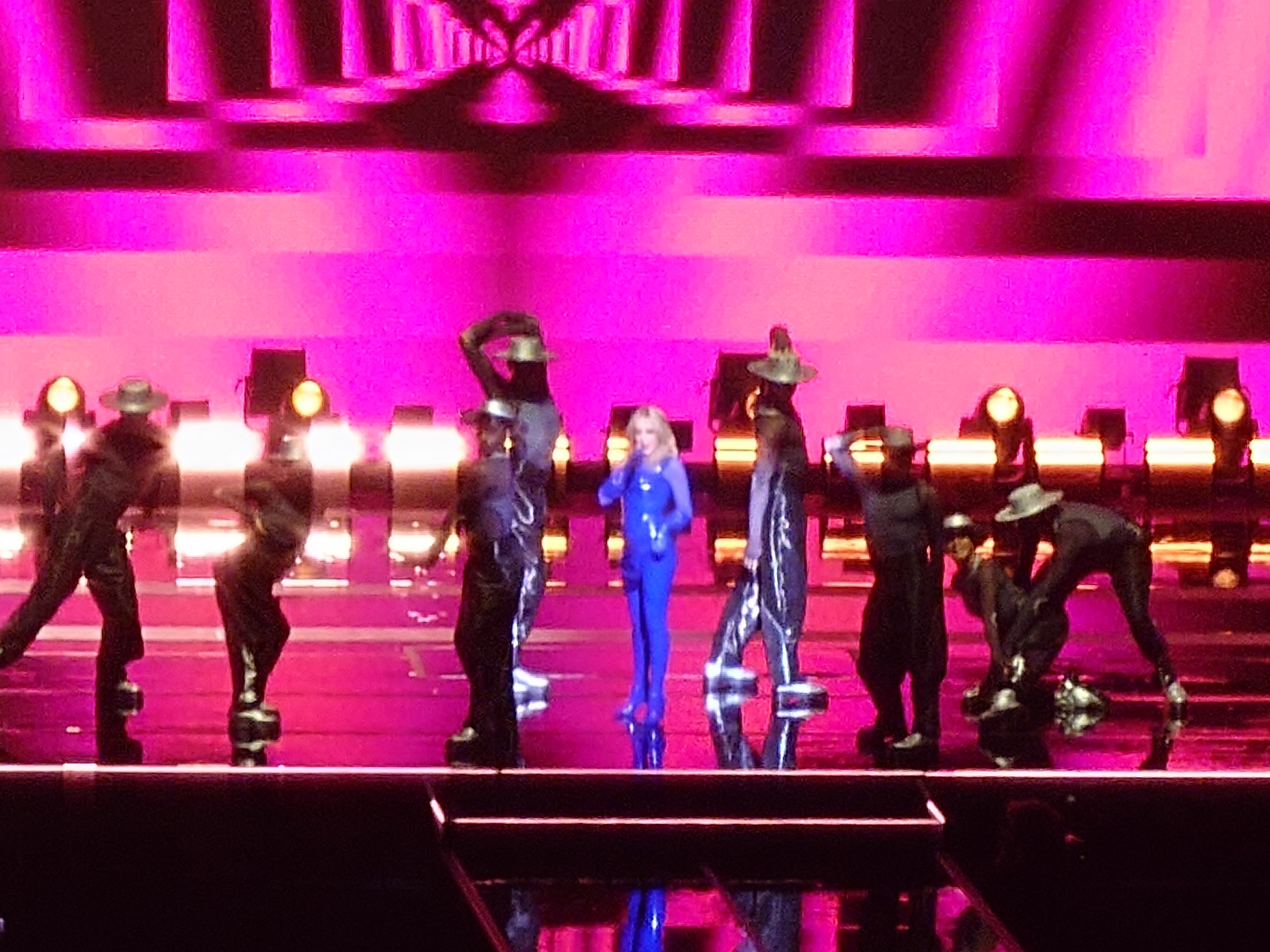
An overriding limitation of the telephoto camera is that it produces soft images. Whether it's Sony's processing, the continuous zoom tech that's a few years old now, the small 1/3.5" sensor, or all three, the Xperia 1 VII is one of the weakest flagship zoomers across photos and videos.
This weaker, far-reaching zoom might not be a huge issue if you don't typically punch in beyond 85mm (roughly 4x), but if you're taking the phone to a concert or a football match, it struggles both with clarity and motion shots. While brands like Honor, Huawei, Oppo, and Vivo have made strides in their time-freezing computational photography, even when zooming, Sony seems to be digging its heels in and keeping things very traditional.
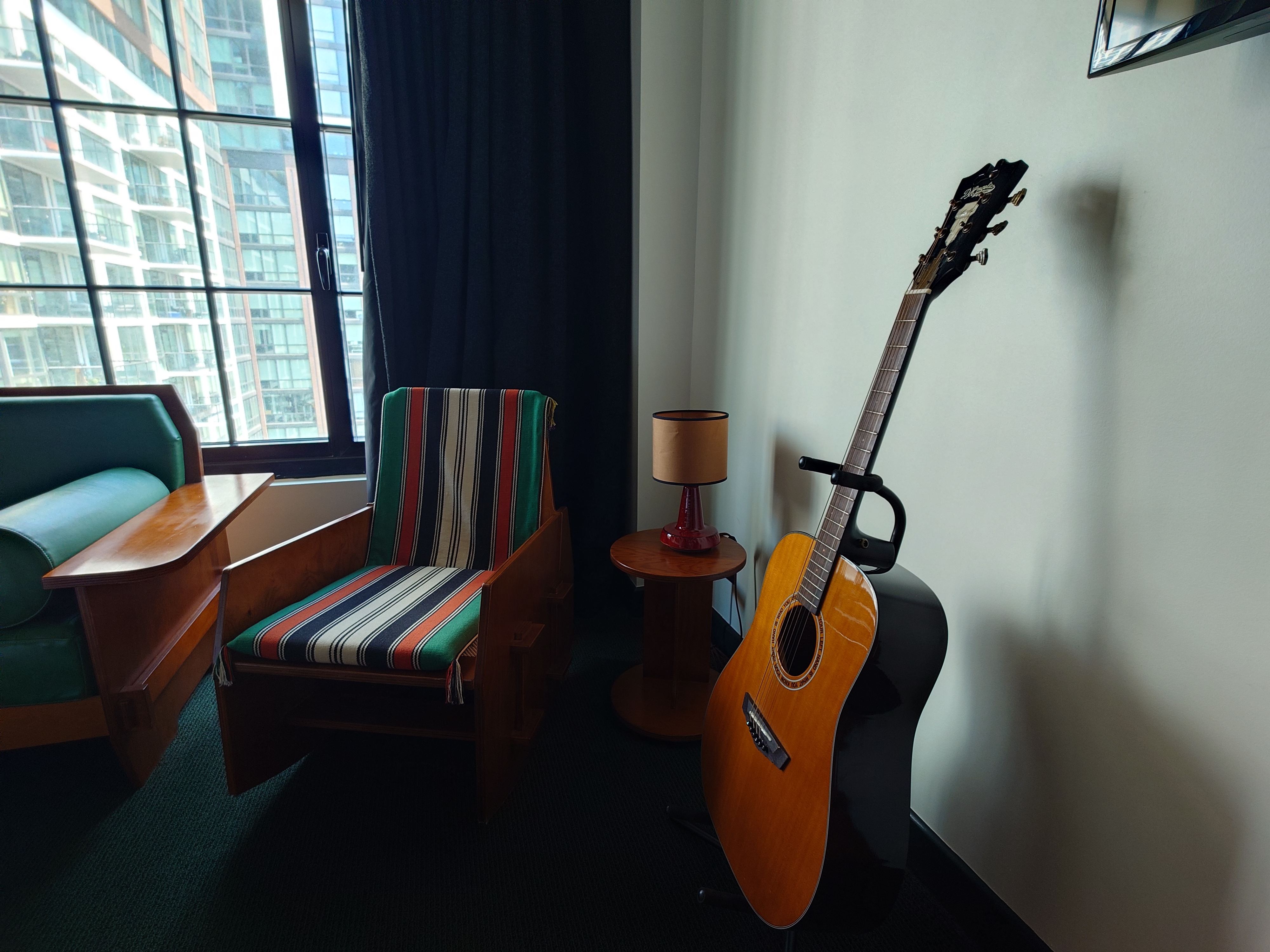
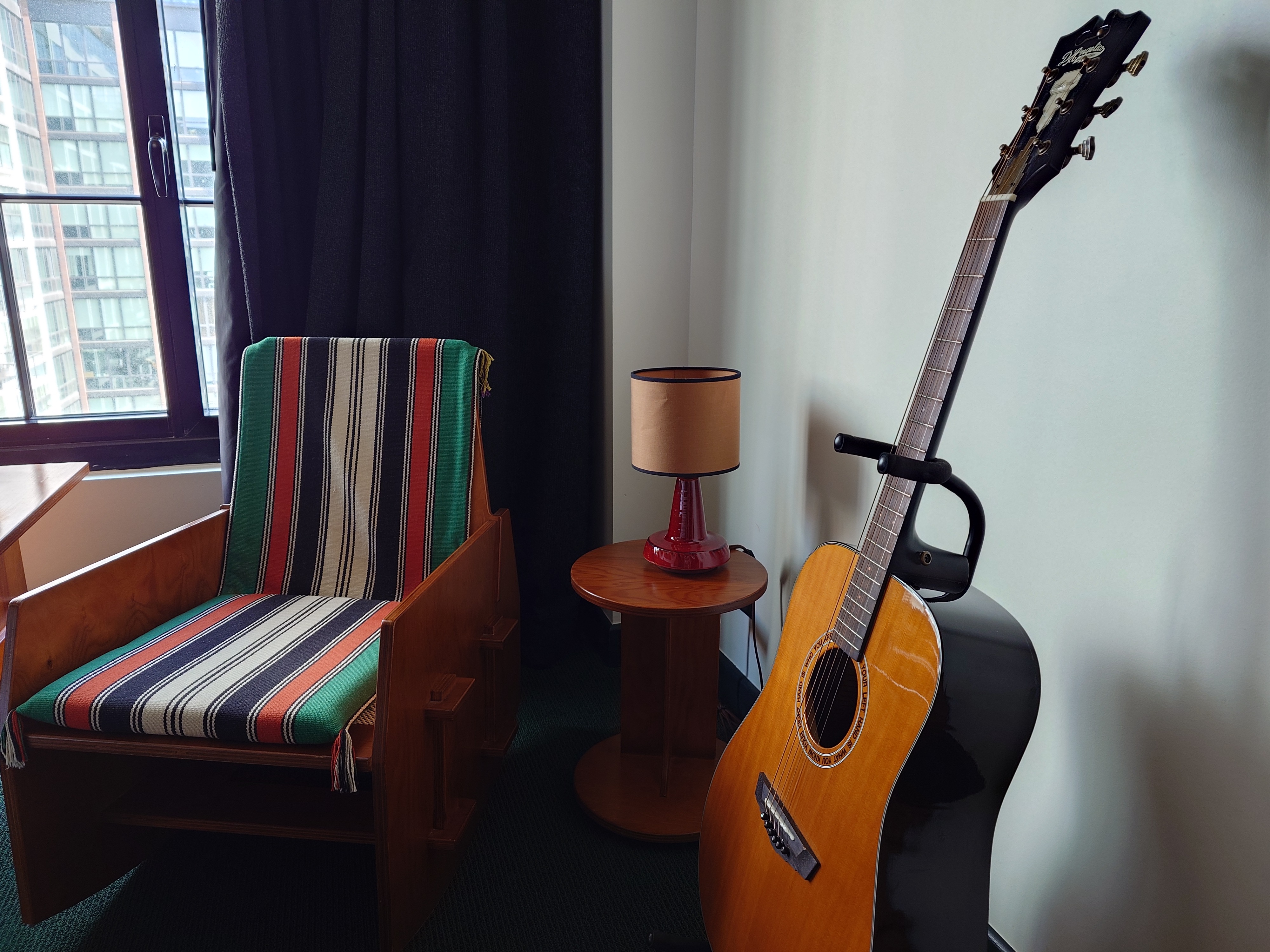
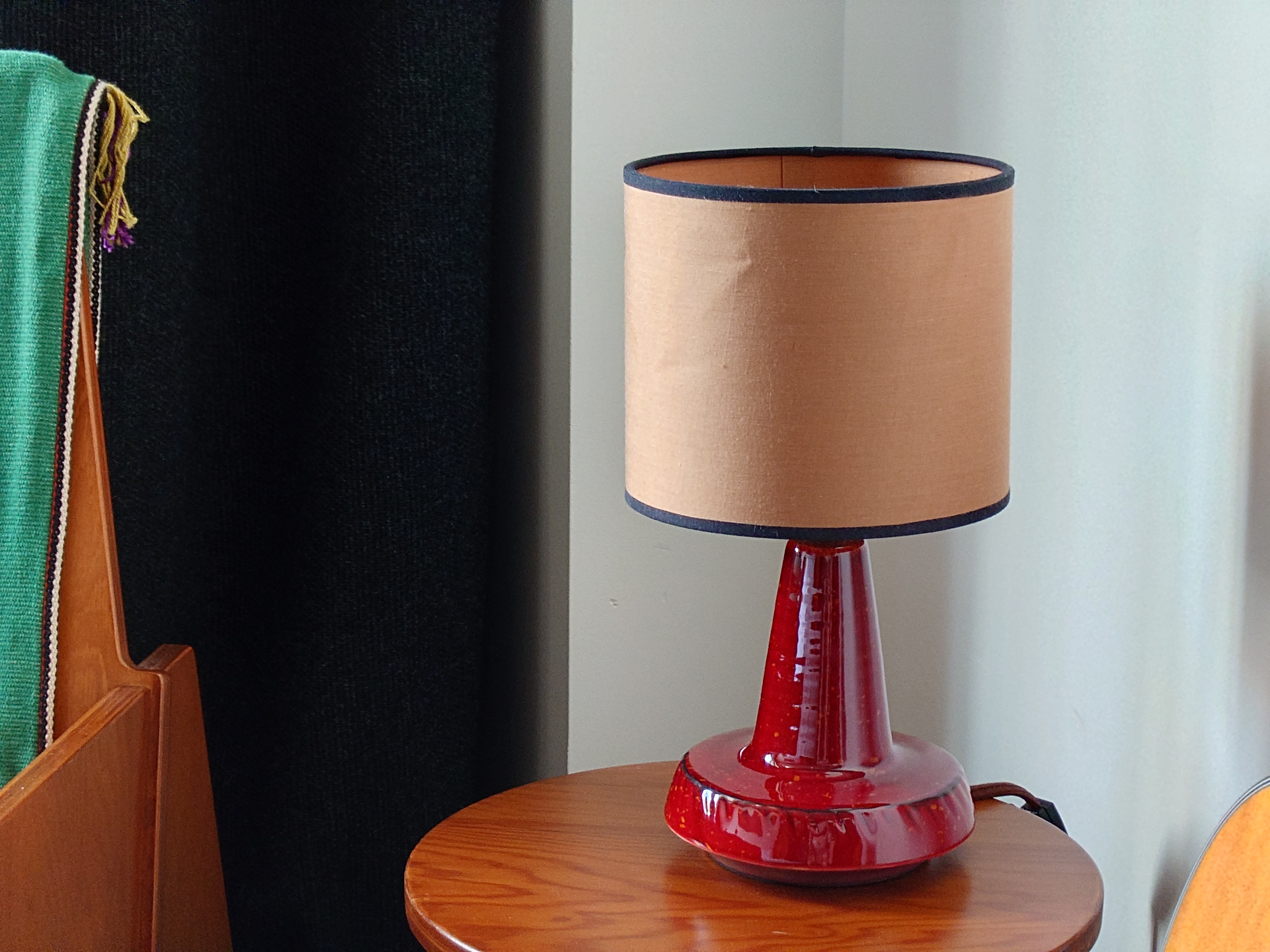
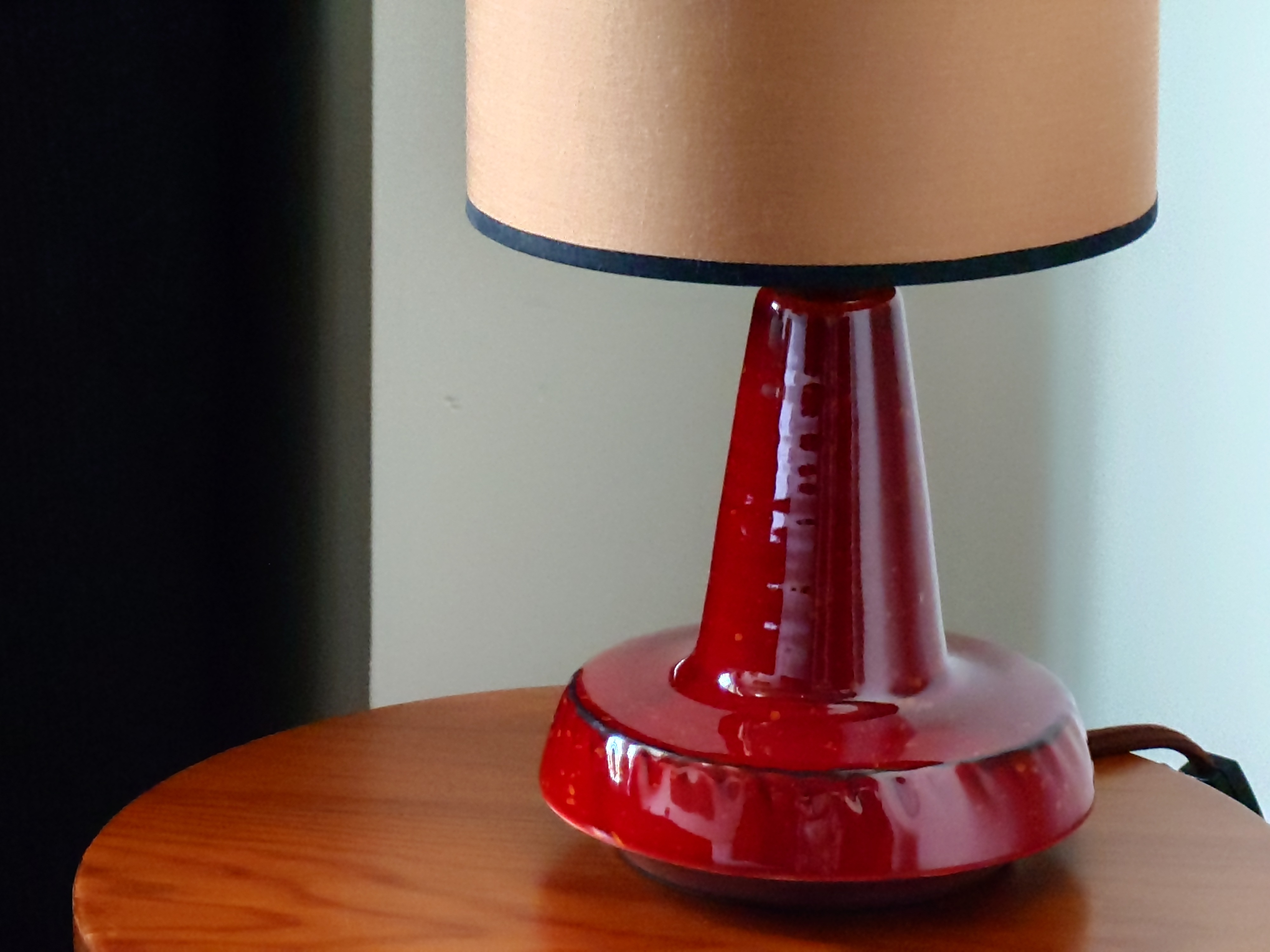
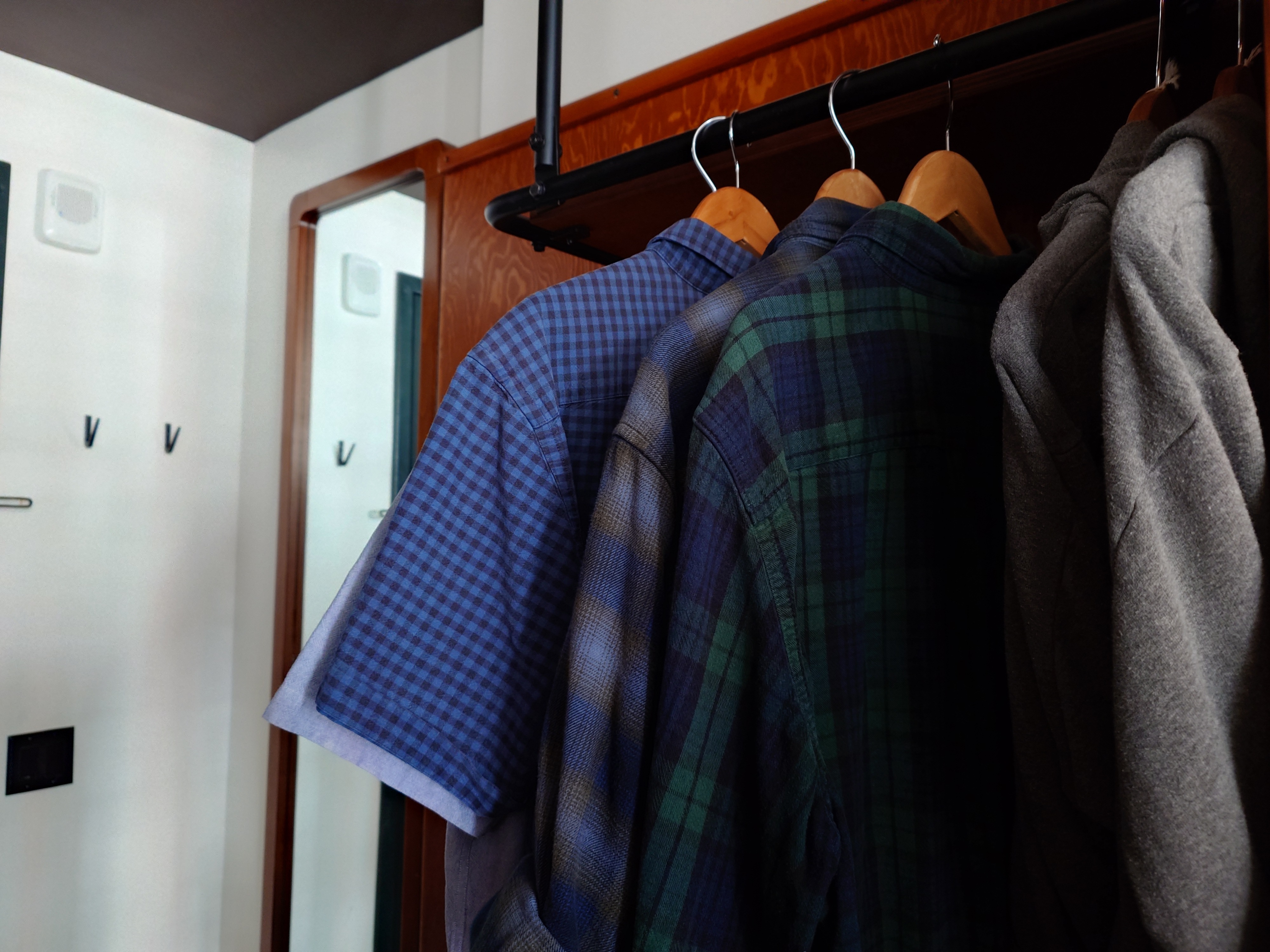
The Xperia 1 VII claws back some ground with its manual mode, which will be instantly familiar to Sony camera users. This helps you dial down exposure and capture deeper shots at up to 12MP RAW, though this also highlights some of the limitations of the smaller sensors, especially in the zoom range.
For video, I loved using the Xperia 1 VII's manual mode. As much as I didn't enjoy the soft auto videos, I felt I could get the best of the larger ultra-wide and wide cameras at high frame rates, and the footage worked well in editing apps like Premiere Pro, which isn't always the case on Android phones.
The Xperia 1 series was once a macro champion with its telemacro feature, but with the new Vivo X200 Pro and other phones introducing telemacro complete with autofocus, the Xperia's manual focus solution feels extremely clunky, especially for video.
As for the new AI video features, one reframes an action sequence to follow your subject while steadying the image, and another crops a portrait clip out of your landscape video. These are handy in principle, but they're both limited by the Xperia 1 VII's reliance on perfect lighting; as a result, they are great on a sunny day but struggle indoors with kids or pets.
Sony Xperia 1 VII: Phone Performance
The Sony Xperia 1 VII combines a flagship Qualcomm Snapdragon 8 Elite chipset with 12GB RAM and 256GB storage, plus expandable storage thanks to the microSD card slot. That's plenty of power and could be plenty of storage too, though at the high asking price, it would have helped the Xperia 1 VII's case if it shipped with 512GB storage. After all, apps can't be installed onto an SD card, and with just four top-tier games taking up 125GB and 25GB used by system files, that's potentially almost 60% of your storage gone.
But is a gamer really going to buy an Xperia phone? Actually, yes. In a turn for the books, while Sony's smartphones have had a history of being camera first, performance second, with overheating issues and so-so gaming performance, the Xperia 1 VII is an absolute gaming champion.
Firstly, when it comes to performance, Sony's chipset management delivers consistently respectable frame rates. They are never the best, but unlike some alternatives like the Oppo Find X8 Ultra and Vivo X200 Ultra, they don't tail off quickly once heat builds up.
The lack of screen interruption also makes the Xperia 1 VII's display perfect for gaming, as do the front-firing speakers and headphone jack, ensuring totally latency-free audio. The humble camera bump is also a win for gaming, with the phone fitting very comfortably in a controller like the Backbone One, something some other chunkier flagships struggle to do.
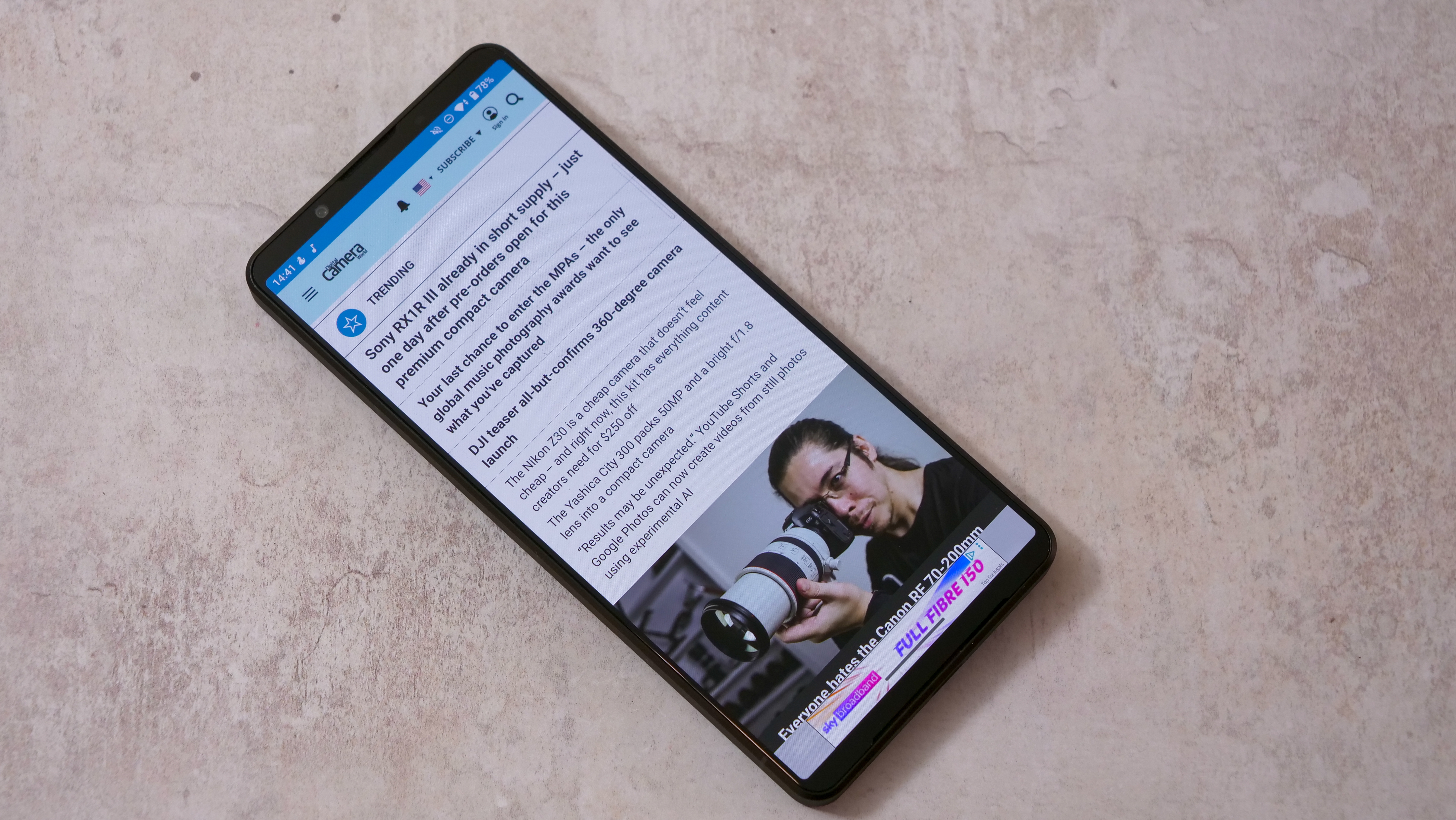
Running on Android 15, Sony offers four years of software updates and six years of security updates with the Xperia 1 VII. This is Sony's longest software support to date, though it falls behind the seven years offered by Google, Honor, and Samsung.
Sony's interface adopts a similar approach to its camera software, prioritizing traditionalism over AI. While other phone makers are loading their experiences with AI language features like meeting summarizing tools (Samsung and Xiaomi), repositories that digest and organize screenshots and voice notes (Nothing and OnePlus), and imaging tools that apply generative edits (Google and Oppo), Sony is having none of it.
Apart from Google's native Circle to Search and Gemini integration, the interface feels very 2022, which isn't necessarily a bad thing. Everything looks clean, Sony includes its Side Sense tool for quick access to frequently used apps (similar to the Edge Panels in Samsung phones), and operation is fluid.
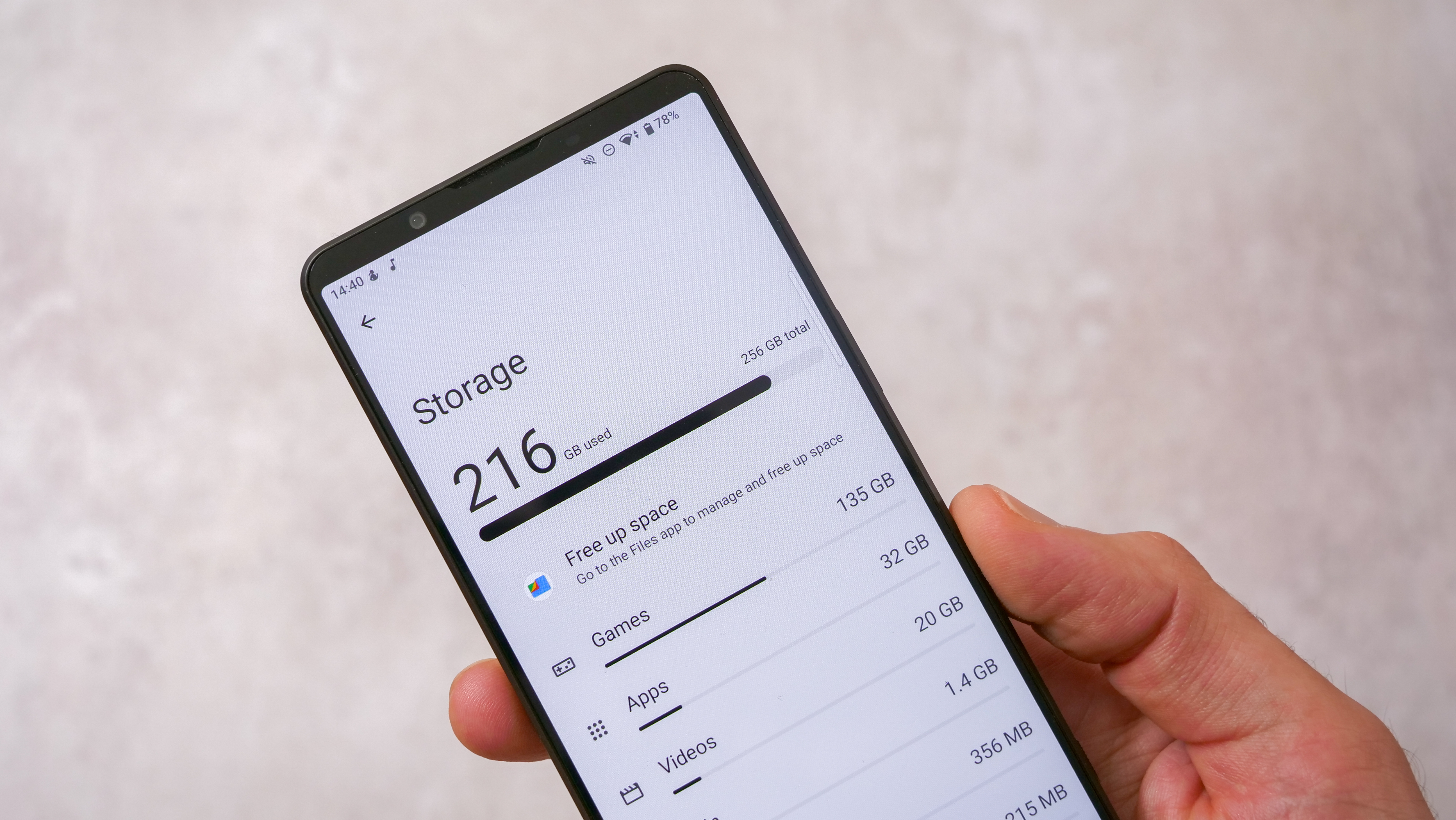
The Xperia 1 VII has a modest 5000mAh battery, but thanks to Sony's smart battery management, it still manages to outperform most of the competition, including alternatives with 6000mAh or higher-capacity cells such as the Oppo Find X8 Ultra. Specifically, its screen-on time for watching is exceptional, making it a fantastic choice for long bouts of video playback.
Where the Xperia falls behind the competition is charging time, with its 25W wired charging and 15W wireless charging remaining unchanged over the last few generations of Sony's flagships. While that's fine for an overnight charge, especially with Sony's battery care tech fired up to protect the long-term battery health of your phone, when you're in a pinch, the 90-minute charging time could leave you waiting. That said, 30 minutes of wired charging should still get you a day of conservative use.
Sony Xperia 1 VII: Verdict
Unless you really hate AI photo processing and computational photography on the whole, the Sony Xperia 1 VII is a tough sell as far as the cameras go. Of course, you can get some amazing shots and footage out of it – that can be said of most flagship smartphones – and its manual mode will be extra familiar to pro photographers thanks to its Sony camera-style interface. But its hardware really (really) holds it back, especially in the hands of point-and-shooters, and especially when zooming and capturing video in low light.
Sony carved out a real niche a few years ago with very few smartphones packing fully-featured manual modes. Now that the competition has caught up and coupled their flagships with superior hardware, the Xperia 1 VII has become a very niche mobile camera phone.
In a turn for the books, the Xperia 1 VII could be one of the best gaming phones thanks to its consistent performance, generally strong heat management, and front-firing speakers. The inclusion of old favourites, such as a headphone jack and a microSD card slot, also adds points of differentiation that will appeal to gamers more than photographers.
The really tough pill to swallow is the Xperia 1 VII's price, which makes it the most expensive mainstream flagship around. So while there is plenty to love about Sony's new phone, until its price drops, it struggles to compete with the best smartphones of 2025.
Cameras ★★★☆☆ | There are some novelty highlights and the upgraded ultra-wide is a strong performer, but on the whole, comprehensive. camera modes can't compensate for uncompetitive hardware. |
Design ★★★★★ | Sony's design may be unchanged, but it stands the test of time; slim, lightweight, practical and easy to use as a phone and camera, plus the headphone jack and SD card slot are great additions. |
Performance ★★★★☆ | With excellent gaming performance and battery life, there's a lot the Xperia 1 VII gets right, but the 256GB storage and modest 12GB RAM hold it back at its price. |
Value ★★★☆☆ | Considering the Xperia 1 VII is so similar to its predecessor, falls behind the competition when it comes to year-on-year hardware and software innovations, not least of all in terms of imaging, stops the phone from being a value champion, even if it does deliver a good enough experience. |
Alternatives
Sony Xperia 1 VI: With so few changes in this year's Sony flagship, the Xperia 1 VI is a more affordable way to get many of the same winning features available in the Xperia 1 VII, albeit with a worse ultra-wide camera and a slightly less powerful chipset.
Read our full Sony Xperia 1 VII review
Xiaomi 15 Ultra: Get double the storage, 4GB more RAM, a more reliable automatic camera system, and plenty of manual modes, including Log capture for video and telemacro capture at a fraction of the Xperia 1 VII's price, plus a fantastic camera grip if you want to spend a bit more.
Read our full Xiaomi 15 Ultra review
Basil Kronfli is a freelance technology journalist, consultant, and content creator. He trained in graphic design and started his career at Canon Europe before moving into journalism. Basil is also experienced in video production, independently running the YouTube channel TechEdit, and during his time at Future, he worked alongside the Digital Camera World team as a senior video producer.
You must confirm your public display name before commenting
Please logout and then login again, you will then be prompted to enter your display name.
